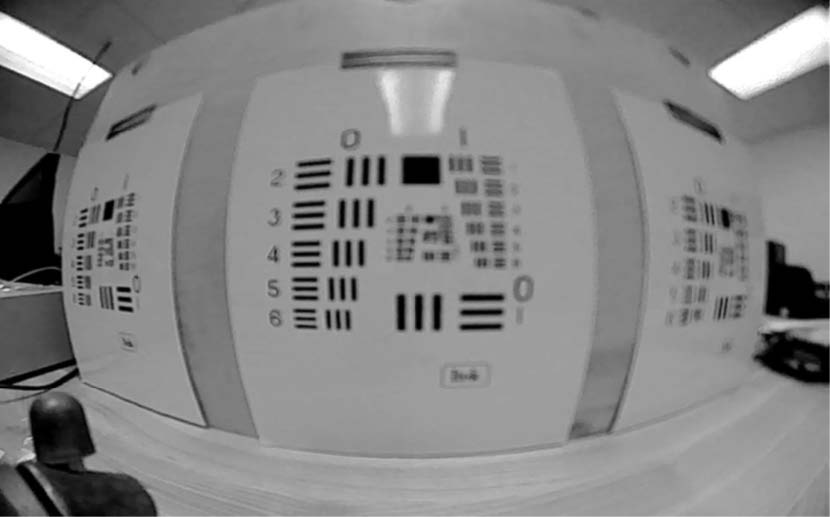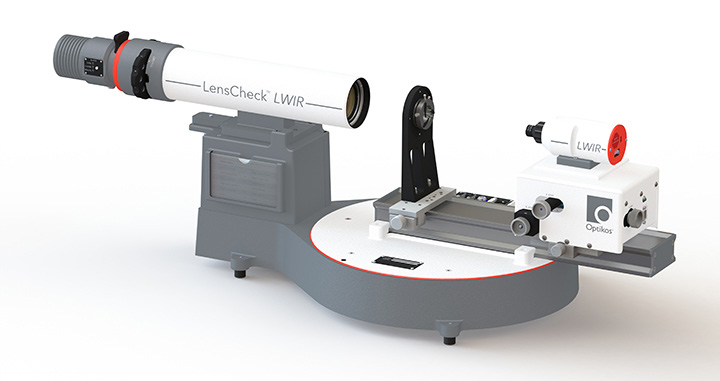The Customer
Known as a global powerhouse in the automotive industry, this customer has decades of crafting cutting-edge innovations in mobility. Their broad portfolio spans everything from electrification and autonomy to structural components and safety technologies, making them a go-to partner for automakers looking to push the boundaries of performance and efficiency. As one of the world’s largest suppliers, they bring expertise in vehicle systems, advanced manufacturing, and sustainable solutions to the forefront of modern transportation.
The Problem
The customer observed image quality deterioration and began to investigate and diagnose the root cause. After passing the initial testing, the optical assemblies failed to meet the same specifications at OQC (outgoing quality control). With limited optical engineering resources available inhouse, Optikos expedited the investigation and completed diagnostics within one business week.
How Optikos Solved this Problem
The Optikos IQ Lab Services team began by attempting to observe the deterioration reported to ascertain the level of image analysis that would be required to discriminate between good and poor images.
Three U.S. Air Force 1951 resolution charts were mounted on a flat board at a specified distance from the lens assembly. Acceptable and unacceptable reference images were taken using “Good Assemblies”, Figure 1, and “Bad Assemblies”, Figure 2, respectively.
To better understand the root cause(s), several camera assemblies were dismantled with the customer’s permission.
Observation 1: The camera board was tipped with respect to the lens assembly. Asymmetrical UV adhesive suggested there was image plane tilt between the camera sensor and optical axis of the optical assembly.
Observation 2: A lens element was freely moving within the assembly. Rotating the assembly produced inconsistent results with varying image quality depending on the position of the element in relation to the housing.


| Potential Cause | Notes |
| Optical component material property changes | Materials age or deteriorate under UV and refractive indices change. Refractive index/state changes may also occur in replicated components that are inadequately cured. |
| Optical component dimensions/shape changes | Often stress or temperature related |
| Optical component movement | Inadequately constrained components can move arbitrarily |
| Sensor movement (with respect to lens assembly) | Usually slow, often heat related. Shrinkage in mounting cement used to space sensors in active alignment setups may continue for several days if inadequately cured. |
| Fluid ingress into optical path | Usually slow. Occasionally condensation occurs in inadequately sealed lens assemblies subjected to thermal cycling. |
| Particulate ingress into optical path | Usually slow and cumulative. Typically does not reverse |
Based on observations, potential causes related to the image deterioration were identified.
IQ Lab Services discovered that axial displacement of one of the lens elements was the primary factor in image quality degradation. The optomechanical design housing this element did not provide sufficient constraint, leading to failures in outgoing inspections.
This analysis by the Optikos IQ Lab services team underscores the importance of robust optomechanical design in ensuring long-term performance and reliability. Third-party quality testing helps mitigate risks and enhances product durability.
Learn more about Optikos metrology products & services



